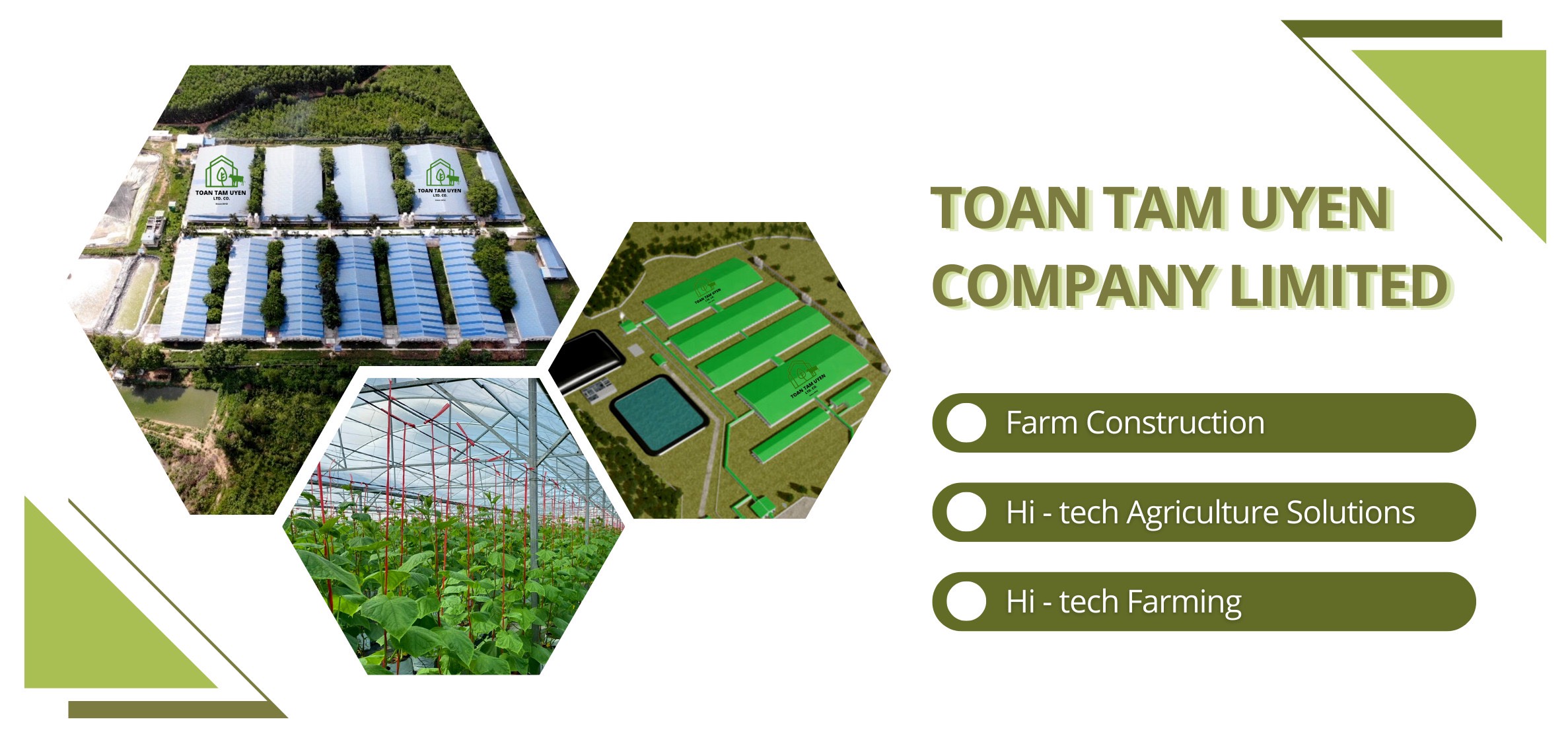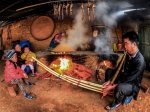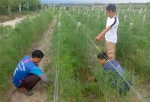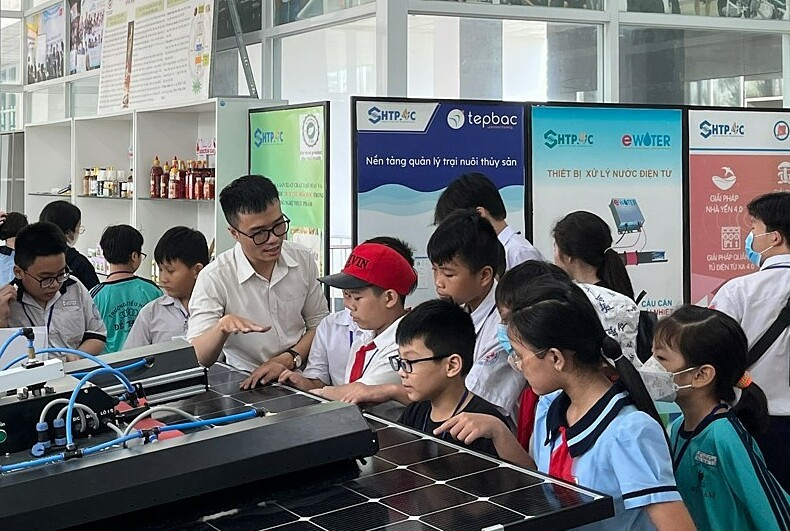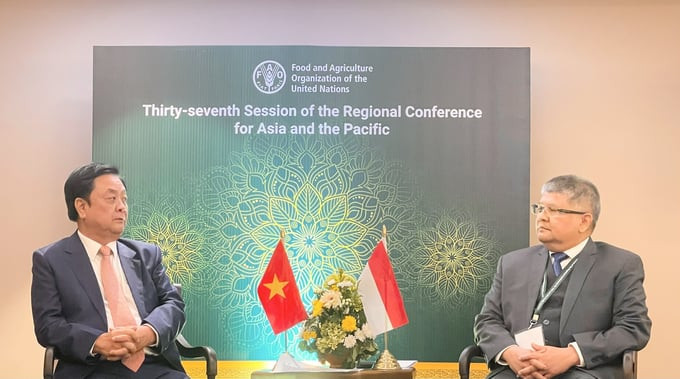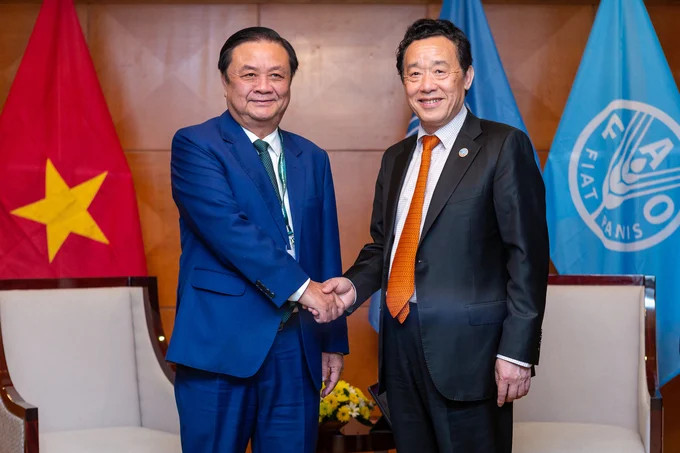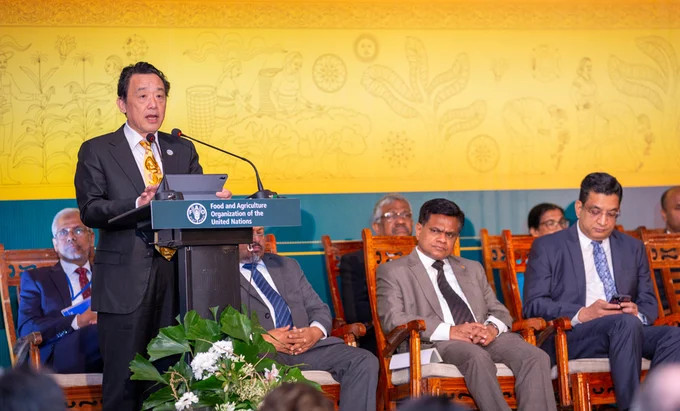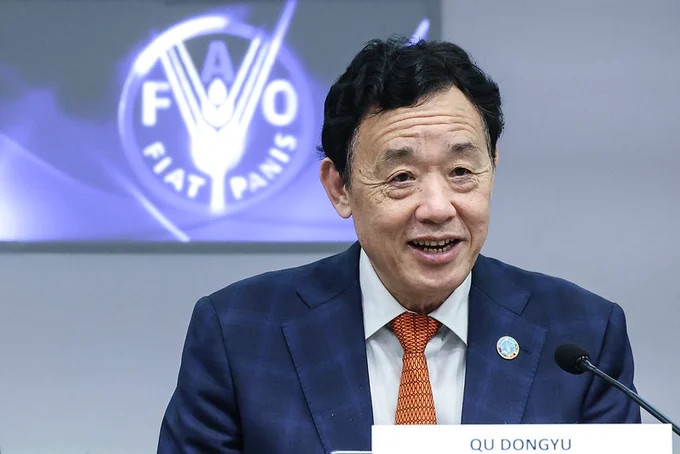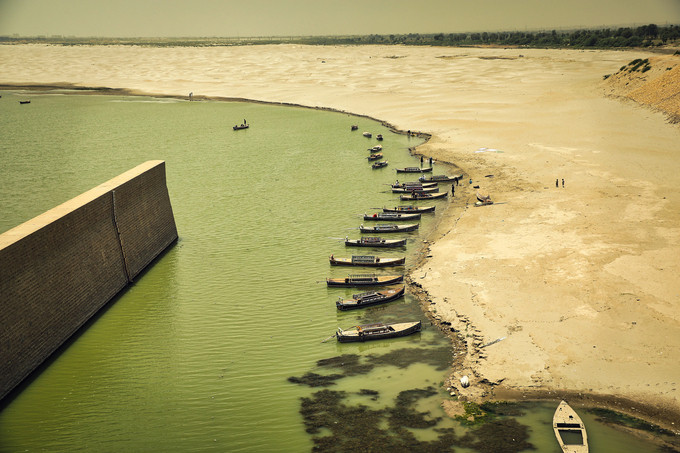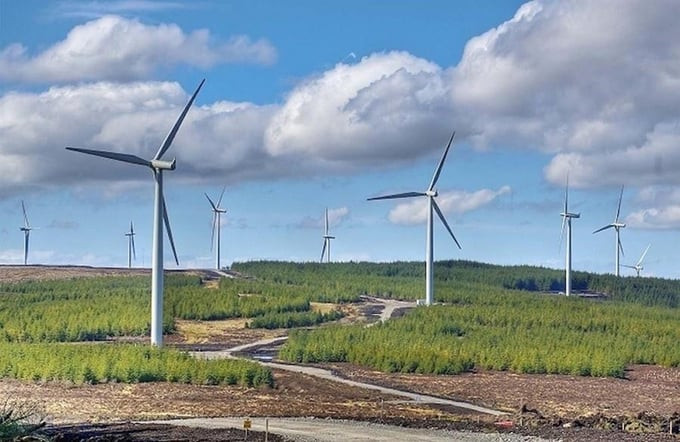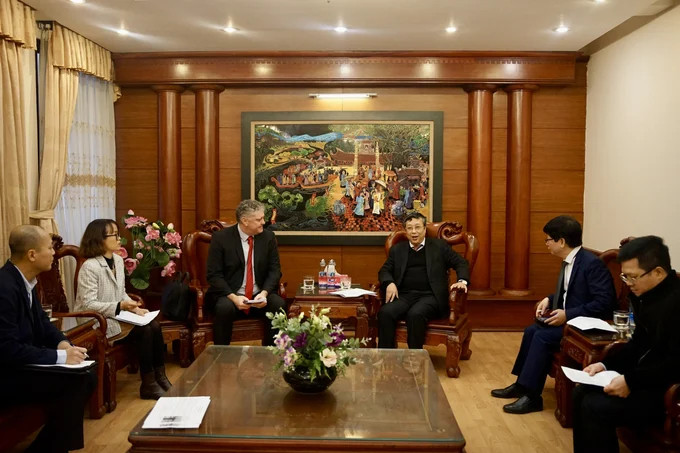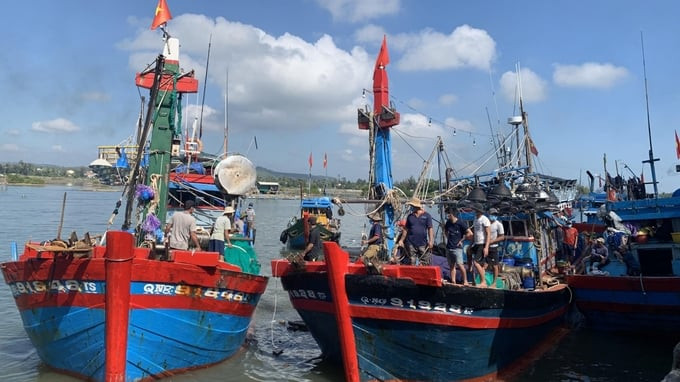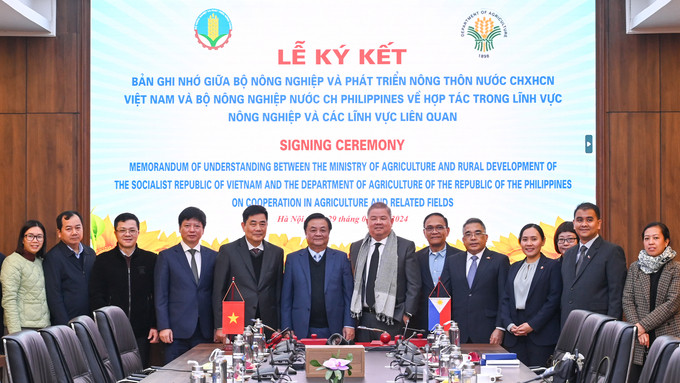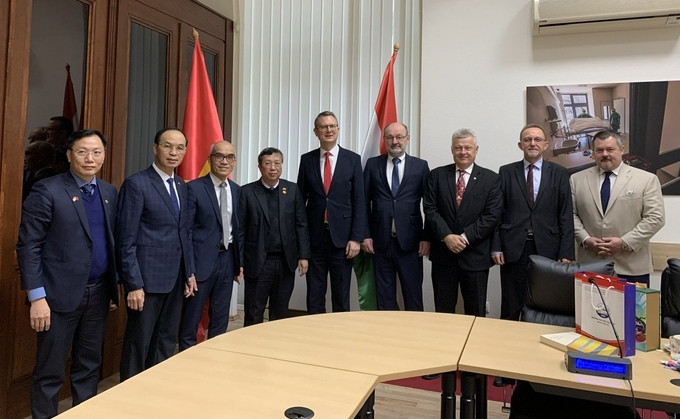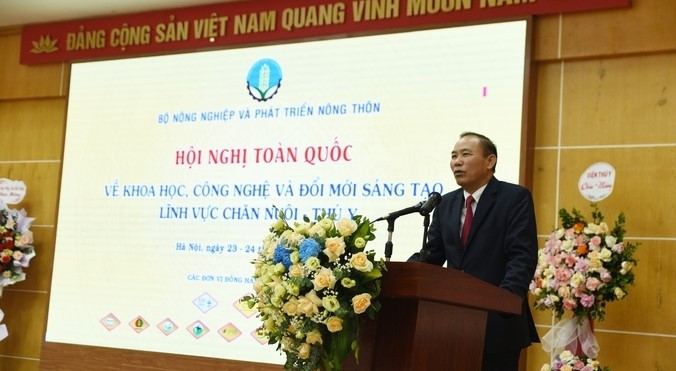
According to Deputy Minister of Agriculture and Rural Development Phung Duc Tien, science and technology have made positive contributions to the development of animal husbandry in particular and the agriculture sector in general
The quality of human resources still has many problems
On August 23–24, in Hanoi, the Ministry of Agriculture and Rural Development (MARD) held a national conference on science, technology, and innovation in the fields of animal husbandry and veterinary medicine.
In the frame of his directive speech at the conference, Deputy Minister of Agriculture and Rural Development Phung Duc Tien emphasized that animal husbandry has maintained its growth over the past 10 years, contributing approximately 27% of the total agricultural gross output. This industry is still one of the major pillars of the agriculture sector. In particular, science and technology have made important and positive contributions to the development of animal husbandry.
"Scientists have been very passionate, but the quality of human resources still has many problems. This is not only a matter of livestock but also of the whole science industry. This requires leaders of MARD to find solutions to create a favorable environment for scientists to reassuringly research and have epochal scientific products," said Deputy Minister Phung Duc Tien.
Mr. Pham Kim Dang, Deputy Director of the Department of Livestock Production, said that animal husbandry has been affirming an important role and position in Vietnam’s socio-economic development in general and ensuring food security in particular. From a country with traditional, fragmented, small-scale production based on a self-sufficient production mindset, up until now, livestock production has been transforming in the direction of economy, concentration, and commodity.
According to Mr. Dang, despite being a country with a medium level of total natural land area and a high population density compared to other countries and territories in the world, Vietnam's animal husbandry has developed and achieved some important achievements.
Specifically, pig farming ranks in the top 10 in the world, waterfowl farming is in the 2nd position in the world, raw fresh milk output is in the 4th position in ASEAN, and industrial animal feed output is in the 1st position in Asia and the 12th position in the world.
The production cost of white chicken is less than USD 1/kg
Director of the National Institute of Animal Science Pham Cong Thieu affirmed: "The growth rate of animal husbandry has always been maintained at a high level thanks to science and technology, applying new technical advances and new technologies in feed, seed, nurturing processes, veterinary medicine, disease prevention, and environmental treatment".
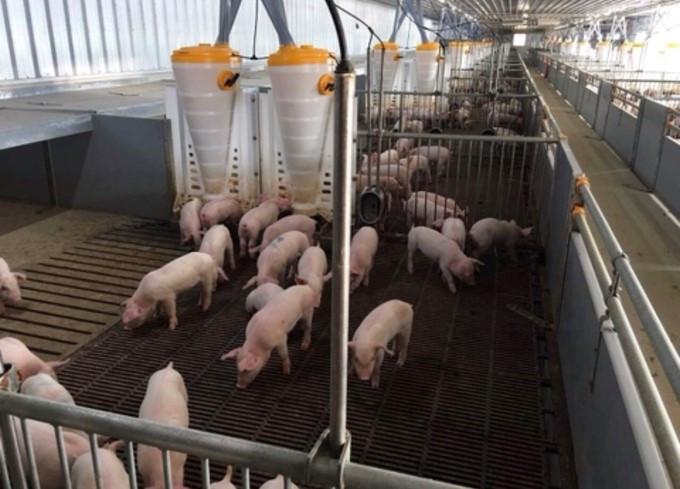
Animal husbandry has been transforming in the direction of economy, concentration, and commodity
With the application of new technical advances, new technologies in animal husbandry, and the use of good-quality feed, many pig farms have had the same or lower costs compared to Thailand. In particular, some industrial chicken farms have a chicken cost of less than 1 USD/kg, which is lower than both Thailand and the EU.
According to Ms. Nguyen Giang Thu, Deputy Director of the Department of Science, Technology, and Environment, in the period 2020–2023, MARD has recognized 31 technical advances, including 6 new pig varieties; 15 new poultry varieties; 2 technical advances in nutrition; 5 technical advances in the field of veterinary medicine; and 3 technical advances in farming environmental treatment.
Not really sustainable
According to Mr. Pham Kim Dang, Vietnam's animal husbandry in recent years has faced many difficulties, such as the COVID-19 pandemic and prolonged Russia-Ukraine war, which have affected the supply chain. Global inflation made the growth of many major economies slow down, consumption decreased, and world livestock production declined with high inventories.
However, animal husbandry still maintained good growth at an average rate of 4.5–5%/year, gradually becoming an important field of the agriculture sector, contributing 22.5–26.7% of the total agricultural gross output. Especially with its many potentials and advantages, Vietnam's animal husbandry still attracts many foreign direct investment (FDI) enterprises to invest in and develop.
Mr. Dang affirmed that, despite achieving many positive results, Vietnam's animal husbandry has been developing not really sustainably, facing many difficulties and challenges. In the coming time, the industry will focus on a number of solutions for sustainable development while ensuring economic, social, environmental, and animal welfare benefits.
Especially, attention is also given to the profit sharing of the chain's agents when the price of livestock products fluctuates. Currently, breeders are the most disadvantaged in the chain. It is still important to produce according to the needs and signals of the market.
The awareness, understanding, and self-discipline of producers are important factors for sustainable development. Breeders must be self-disciplined in changing to a professional commodity production mindset. The State only supports, orients, and manages inputs for production but cannot inspect and force producers to change," Mr. Dang emphasized.
"In order to further promote the role of science and technology in animal husbandry and veterinary medicine, it is necessary to conduct research on issuing policies to encourage domestic and foreign scientists to be dedicated to the industry through material and spiritual incentives. Strengthen the role of the State in fundamental research in the fields of animal husbandry and veterinary medicine, such as providing funding for the construction of a livestock genomic library, an animal disease source library, etc. Develop an adequate mechanism to encourage large enterprises, FDI enterprises, to invest in the field of science and technology instead of just investing in production as at present," said Mr. Nguyen Duy Hoan, Senior Lecturer at the University of Agriculture and Forestry, Thai Nguyen University.
Translated by Huyen Vu Thu



